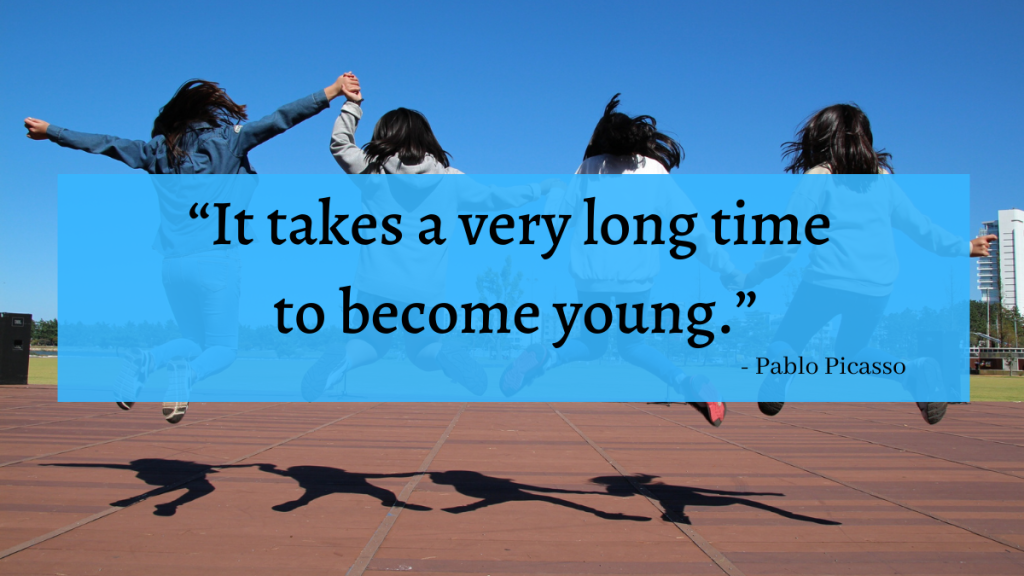Mental health matters for people of every age, race and demographic, but an area that doesn’t always get the attention it deserves is in young people. It might not be news to some, but the numbers are rising year after year when it comes to young people dealing with mental health disorders and mental illness. After an insightful Q&A earlier this week with Tilly’s Life Center, I decided I wanted to spotlight some of the important statistics about young people and mental health that are important to know.
According to the ‘State of Mental Health’ from Mental Health America:
- 15.08% of youth experienced a major depressive episode in the past year, a 1.24% increase from last year’s dataset.
- Over 2.5 million youth in the U.S. have severe depression, and multiracial youth are at greatest risk. 10.6% of youth in the U.S. have severe major depression (depression that severely affects functioning). The rate of severe depression was highest among youth who identified as more than one race, at 14.5% (more than one in every seven multiracial youth).
- Over 60% of youth with major depression do not receive any mental health treatment and nationally, fewer than 1 in 3 youth with severe depression receive consistent mental health care.
- 7.74% of U.S. adults and 4.08% of youth had a substance use disorder in the past year.
From the World Health Organization:
- Globally, one in seven 10-19-year-olds experiences a mental disorder, accounting for 13% of people in this age group.
- Suicide is the fourth leading cause of death among 15-19 year-olds.
From the National Alliance on Mental Illness
- 1 in 6 U.S. youth aged 6-17 experience a mental health disorder each year
- 50.6% of U.S. youth aged 6-17 with a mental health disorder received treatment in 2016
- By U.S. demographic groups, the annual prevalence of serious thoughts of suicide were: 18.8% of high school students, 42% of LGBTQ youth, and 52% of LGBTQ youth who identify as transgender or nonbinary
These statistics might sound frightening or create a bleak picture, but it’s important to say that this is the reality for young people today. These statistics have been on the rise since before the pandemic, and living in the COVID era has only exacerbated these feelings. What we need now is show love and support to our young people while providing all the resources they might need to work toward mental wellness.
Mental health conditions are rising for young people in the United States and around the world, but there are still ways we can help our youth talk about mental health. What are some ways you’ve been able to talk young people about mental health? I’d love to hear your suggestions!

As a young person in college, it’s kinda frustrating how there was so much grace and understanding given last year for how remote learning and learning during a global pandemic can be stressful and overwhelming, but as everyone has kinda started accepting it as the “new normal”, that grace and understanding has lessened, even though the difficulties haven’t. I think that educators need to remember that we are still struggling with the “new normal” and finding motivation can be really difficult right now. Great post!
LikeLiked by 1 person
I totally agree! College was actually my hardest time dealing with mental health challenges, and a big part of the reason was that there was so much pressure to keep going and keep moving, I never had a moment to pause (until breaks, of course). I can only imagine that the pandemic takes that attitude and warps into that lack of grace and understanding you mentioned. Hope you get some rest and restoration if you’re able to have time off!
LikeLiked by 1 person
Mental health conditions are rising for young people around the world, but there are still ways we can help our youth talk about mental health and this article helps us how to know that how to deal with it. Thanks for sharing!
LikeLiked by 1 person